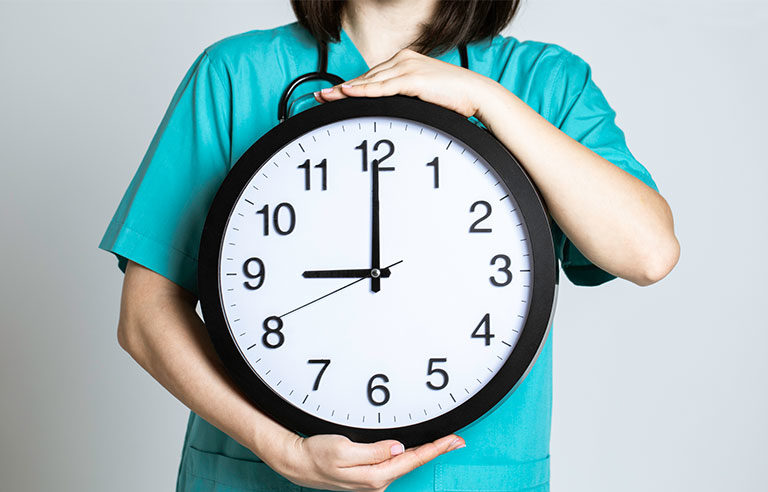Did COVID-19 affect the time from worker injury to first medical service?

Cambridge, MA — The median time from a worker’s injury to “first medical service” was either unchanged or shorter early in the COVID-19 pandemic relative to prior years, a new report shows.
The Workers Compensation Research Institute examined 2016-2021 workers’ comp data from 17 states, including data from claims not related to COVID-19 from the first two years of the pandemic (March 2020-September 2021). WCRI focused on claims with more than seven days of lost work time.
“The experience of stakeholders in workers’ compensation systems, and previous research, suggests that shorter time to medical treatment tends to be related to faster physical recover, faster return to work and better long-term outcomes,” the report states.
Among the findings:
- Although little variation was observed in the time from injury to “entry” services (emergency and office visits), the time to first surgery and physical medicine varied considerably across states, by injury category and provider type.
- No delays in the time to first “entry” services were identified during the pandemic. For workers who had these “entry” services during the pandemic, the typical time from injury to first visit remained similar to pre-pandemic years. “The increased use of telemedicine during the early months of the pandemic may have contributed to the stability in the time to initial office visit.”
- In contrast, most states had delays in the time to surgery during the early pandemic period in 2020, a trend that began to reverse in 2021. “The general trend of prolonged time from injury to first surgery in 2020 likely reflects the impact of the pandemic, including the temporary suspensions of nonemergency surgeries and labor shortages among health care professionals.”
WCRI notes that by identifying the differences across states, the report “helps system stakeholders understand how workers with injuries in their state fare on timeliness of getting medical treatment comparted with other states.”
The institute adds that the report is intended to “provide quantitative benchmarks that may help answer questions (about contributing factors to differences in time to medical service) in future research and to facilitate discussions among workers’ compensation policymakers and system stakeholders about the system features that may explain the differences in time to first medical treatment.”
Post a comment to this article
Safety+Health welcomes comments that promote respectful dialogue. Please stay on topic. Comments that contain personal attacks, profanity or abusive language – or those aggressively promoting products or services – will be removed. We reserve the right to determine which comments violate our comment policy. (Anonymous comments are welcome; merely skip the “name” field in the comment box. An email address is required but will not be included with your comment.)

